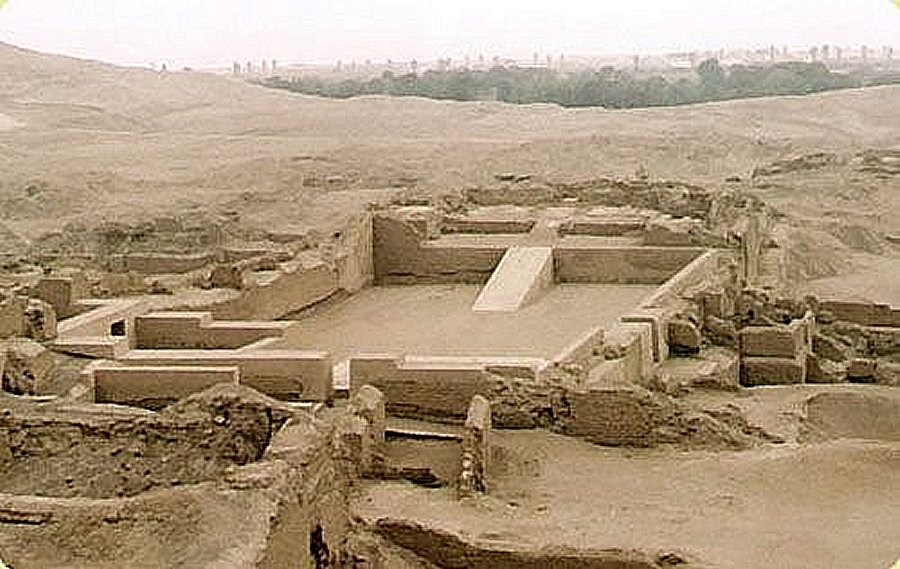Pre-Columbian Pachacamac Site Dedicated To God Of Creation, Fire And Earthquakes In Inca Religion
A. Sutherland - AncientPages.com - On the Peruvian coast, the natives worshiped a fish god named Pachacamac (or Pacha Kamaq) - "The One Who Generates (or animates) the World". It was Pachacamac who created the world and all the creatures that inhabit it. According to Inca mythology, Pachacamac was the god of fire and earthquakes and the child of the sun.
Pacha means "Earth" and Camac means "creator" was originally worshipped by a group of Indian peoples of the coast of Peru (Yuncas) and later adopted by the Incan Empire.
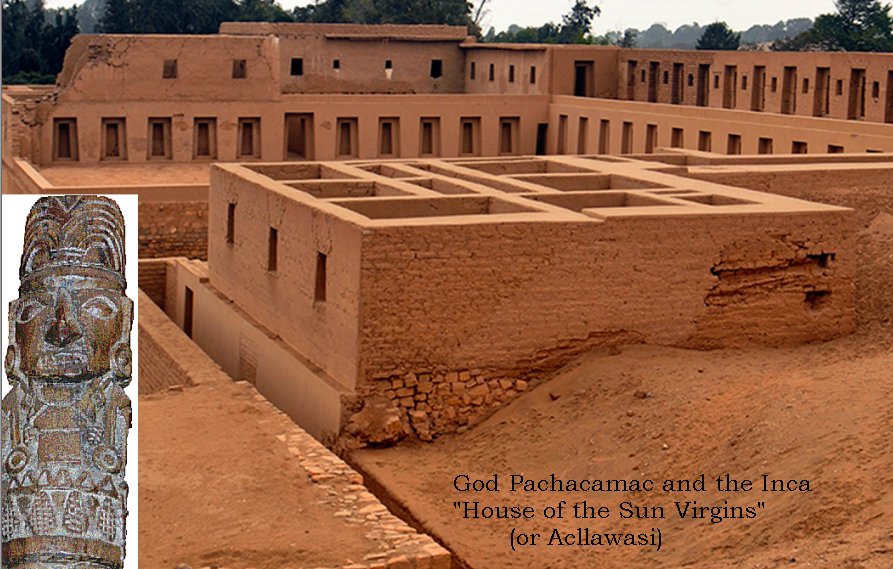
God Pachacamac; Background image credit: ancientsummit.com
Thus, the name of this god appeared in the title of several rulers, and the site, Pachacamac, was the most important religious center in pre-Hispanic times and was worshiped by the people who lived in this part of Peru. The Inca took him into their pantheon, however, he was never as important as Viracocha, who was seen as being more powerful.
The site of this god was Pachacamac, which is now an archaeological complex of ruins, is situated about 40 km southeast of Peru's capital Lima.
Many architectural remains of this pre-Inca complex include dwellings, 17 mud-brick pyramid-shaped temples, a graveyard, frescoes decorating the adobe walls, and several other structures created by different cultures related to the area. Most of the historical objects at the site are from the time before the Europeans appeared in Peru.
Based on ancient records, the first settlements at the site date back to 200 BC but the ceremonial center flourished much later during the period of the Lima culture (1300 AD. to 1400 AD).
It is known that the great Ceremonial Center devoted to Pachacamac included several temples, roads, and the so-called Painted Temple with numerous designs of fish, plants, men, and plants in red, yellow, green, and black mural paintings. The structures were established by the Ichma culture that was indigenous to the region and flourished on the central coast of Peru in the Lurin Valley around 1000 AD and later spread to the Rimac Valley.
When the Inca civilization began to spread, the Ichma disappeared.
The site is believed to have been the most important pre-Hispanic religious center and as Miguel de Estete, a Spanish chronicler reported in 1533, Pachacamac was visited by pilgrims coming even from the Ecuadorian coast with silver, gold, and other offerings.Today, the ceremonial center of Pachacamac has a museum that stores a large number of artifacts linked to the Wari, Lima, Ichma, and Inca cultures.
Archaeological excavations have revealed a large cemetery with several mummies and many still remain hidden under the sand and behind the cemetery. There are structures such as ‘Painted Temple’ (or ‘Templo Pintado’) and the temple of the god Pachacamac, where archaeologists also found a wooden figurine depicting the god, Pachacamac, one of the most widely known artifacts.
The Moon Temple (Mamaconas) and the House of the Sun Virgins (Acllawasi) a place where almost 200 "chosen ones" lived and dedicated their lives to the cult of the Sun and of the Inca. The most spectacular ruins are those of the Temple of the Sun, built by an estimated 50 million clay tiles.
Ancient sources indicate the original pre-Hispanic ancient temple of Pachacamac faced the northwest side of the coast and had terraced sides. Many decorated rooms were ready for the reception of distinguished guests and they were also used for the preparation of ritual sacrifices.
Only priests, pilgrims, and noblemen could reach the temple’s shrine, but first, they had to fast for twenty days. Above the inner shrine stood a pyramid decorated at the top with the wooden figurine of Pachacamac. No-one, except the priest, were able to approach the so-called oracular chamber for consulting the oracle in important matters. However, also the priests were forbidden to look directly at the figure of the god, hidden behind a textile hanging before it.
He was the only individual who had the privilege of seeing simultaneously in the opposite direction.
The buildings of Pachacamac witnessed the rise and fall of several different cultures with one most important and common belief in the highest god, Pachacamac. The structures demonstrate mastery of complex architectural techniques of the ancient people.
Written by – A. Sutherland AncientPages.com Staff Writer
Copyright © AncientPages.com All rights reserved. This material may not be published, broadcast, rewritten or redistributed in whole or part without the express written permission of AncientPages.com
Expand for referencesMore From Ancient Pages
-
 Strange Underwater Mini-Pyramid Older Than Stonehenge With Unknown Purpose – Who Built It?
Ancient Mysteries | Sep 12, 2021
Strange Underwater Mini-Pyramid Older Than Stonehenge With Unknown Purpose – Who Built It?
Ancient Mysteries | Sep 12, 2021 -
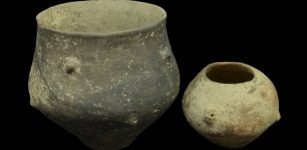 New Insight Into Genetic History And Social Structures In Neolithic And Bronze Age Croatia
Archaeology | Aug 18, 2021
New Insight Into Genetic History And Social Structures In Neolithic And Bronze Age Croatia
Archaeology | Aug 18, 2021 -
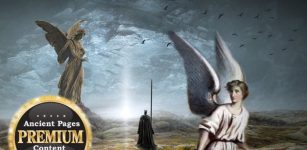 Traces Of The Watchers In Ancient China Shed New Light On This Mysterious Lost Race
Ancient Mysteries | Aug 11, 2018
Traces Of The Watchers In Ancient China Shed New Light On This Mysterious Lost Race
Ancient Mysteries | Aug 11, 2018 -
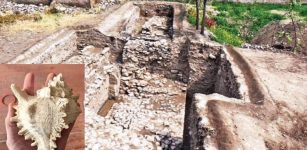 Second Gate Of Bazira And Unique Artifacts Discovered In The Ancient City Of Alexander The Great
Archaeology | Mar 29, 2022
Second Gate Of Bazira And Unique Artifacts Discovered In The Ancient City Of Alexander The Great
Archaeology | Mar 29, 2022 -
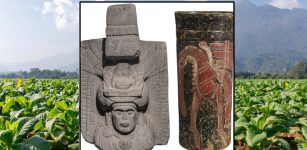 Ancient Mesoamericans Drank Tobacco In Healing Rituals – Ceramic Vases From Cotzumalhuapa, Guatemala Reveal
Archaeology | Mar 6, 2024
Ancient Mesoamericans Drank Tobacco In Healing Rituals – Ceramic Vases From Cotzumalhuapa, Guatemala Reveal
Archaeology | Mar 6, 2024 -
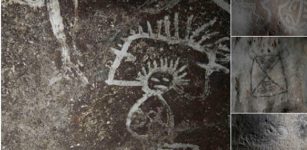 Secrets Of Mona’s Caves: Rock Art Reveals Ancient People Were Ahead Of Their Time Long Before The Arrival Of Columbus
Archaeology | Nov 4, 2017
Secrets Of Mona’s Caves: Rock Art Reveals Ancient People Were Ahead Of Their Time Long Before The Arrival Of Columbus
Archaeology | Nov 4, 2017 -
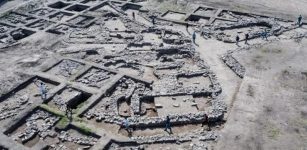 Incredible 5,000-Year-Old New-York-Like Metropolis Discovered In Israel
Archaeology | Oct 9, 2019
Incredible 5,000-Year-Old New-York-Like Metropolis Discovered In Israel
Archaeology | Oct 9, 2019 -
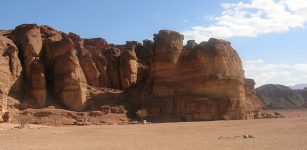 3,000 Years Ago Human Activity Destroyed Vegetation And Irreparably Damaged The Timna Valley Environment
Archaeology | Sep 23, 2022
3,000 Years Ago Human Activity Destroyed Vegetation And Irreparably Damaged The Timna Valley Environment
Archaeology | Sep 23, 2022 -
 Archaic Marble Lions On The Sacred Island Of Delos
Artifacts | Feb 27, 2021
Archaic Marble Lions On The Sacred Island Of Delos
Artifacts | Feb 27, 2021 -
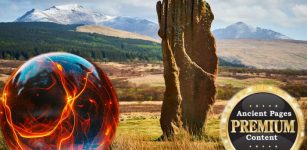 Peculiar Neolithic Anomaly Investigated In Scotland
Featured Stories | Apr 27, 2024
Peculiar Neolithic Anomaly Investigated In Scotland
Featured Stories | Apr 27, 2024 -
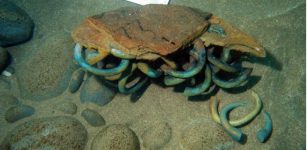 Famous Benin Bronzes Were Made Of German Brass – Study Reveals
Archaeology | Apr 6, 2023
Famous Benin Bronzes Were Made Of German Brass – Study Reveals
Archaeology | Apr 6, 2023 -
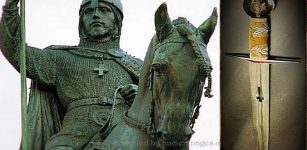 Prince Wenceslaus Of Bohemia Murdered On Order Of His Own Brother
Featured Stories | Nov 19, 2019
Prince Wenceslaus Of Bohemia Murdered On Order Of His Own Brother
Featured Stories | Nov 19, 2019 -
 Manx: Ancient Dead Gaelic Language That Refused To Die And Has Been Revived Again
Ancient History Facts | Oct 7, 2016
Manx: Ancient Dead Gaelic Language That Refused To Die And Has Been Revived Again
Ancient History Facts | Oct 7, 2016 -
 On This Day In History: Battle Of Dettingen – English Armies Were Victorious Over The French – On June 27, 1743
News | Jun 27, 2016
On This Day In History: Battle Of Dettingen – English Armies Were Victorious Over The French – On June 27, 1743
News | Jun 27, 2016 -
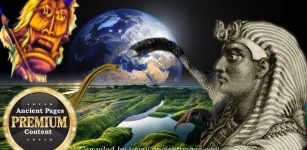 Secret Story Of The Ancient Bak’Ti Gods And Their Battle To Gain Control Over Humanity And Planet Earth – Told By Shamans
Ancient Mysteries | Jun 23, 2018
Secret Story Of The Ancient Bak’Ti Gods And Their Battle To Gain Control Over Humanity And Planet Earth – Told By Shamans
Ancient Mysteries | Jun 23, 2018 -
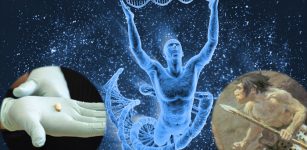 Mystery Of Human Evolution – What Can Ancient Genes Tell Us About Who We Are?
Archaeology | Jun 2, 2022
Mystery Of Human Evolution – What Can Ancient Genes Tell Us About Who We Are?
Archaeology | Jun 2, 2022 -
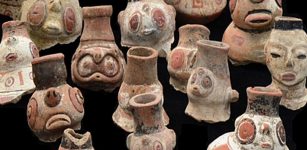 Ancient DNA Tells Story Of Caribbean’s Early Humans
Archaeology | Dec 28, 2020
Ancient DNA Tells Story Of Caribbean’s Early Humans
Archaeology | Dec 28, 2020 -
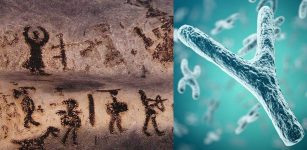 Puzzling Biological Event 7,000 Years Ago – Something Weird Happened To Men
Archaeology | Jun 1, 2018
Puzzling Biological Event 7,000 Years Ago – Something Weird Happened To Men
Archaeology | Jun 1, 2018 -
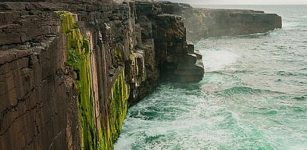 Intriguing Genetics: First Ancient Irish Human Genomes – Sequenced
Archaeology | Dec 29, 2015
Intriguing Genetics: First Ancient Irish Human Genomes – Sequenced
Archaeology | Dec 29, 2015 -
 Yuezhi Civilization: Ancient Nomadic People Who Once Ruled Bactria
Civilizations | Nov 29, 2018
Yuezhi Civilization: Ancient Nomadic People Who Once Ruled Bactria
Civilizations | Nov 29, 2018


![Statues of Pachacamac, this god was worshiped by the Ichma culture. Pacha Kamaq ('Earth-Maker') was considered the creator god by the people who lived in this part of Peru before the Inca conquest. The Inca took him into their pantheon,[1]:187 but was not an equal of Viracocha, who was seen as being more powerful. Image credit: limaeasy.com](https://www.ancientpages.com/wp-content/uploads/2018/05/pachacamacsite15.jpg)
